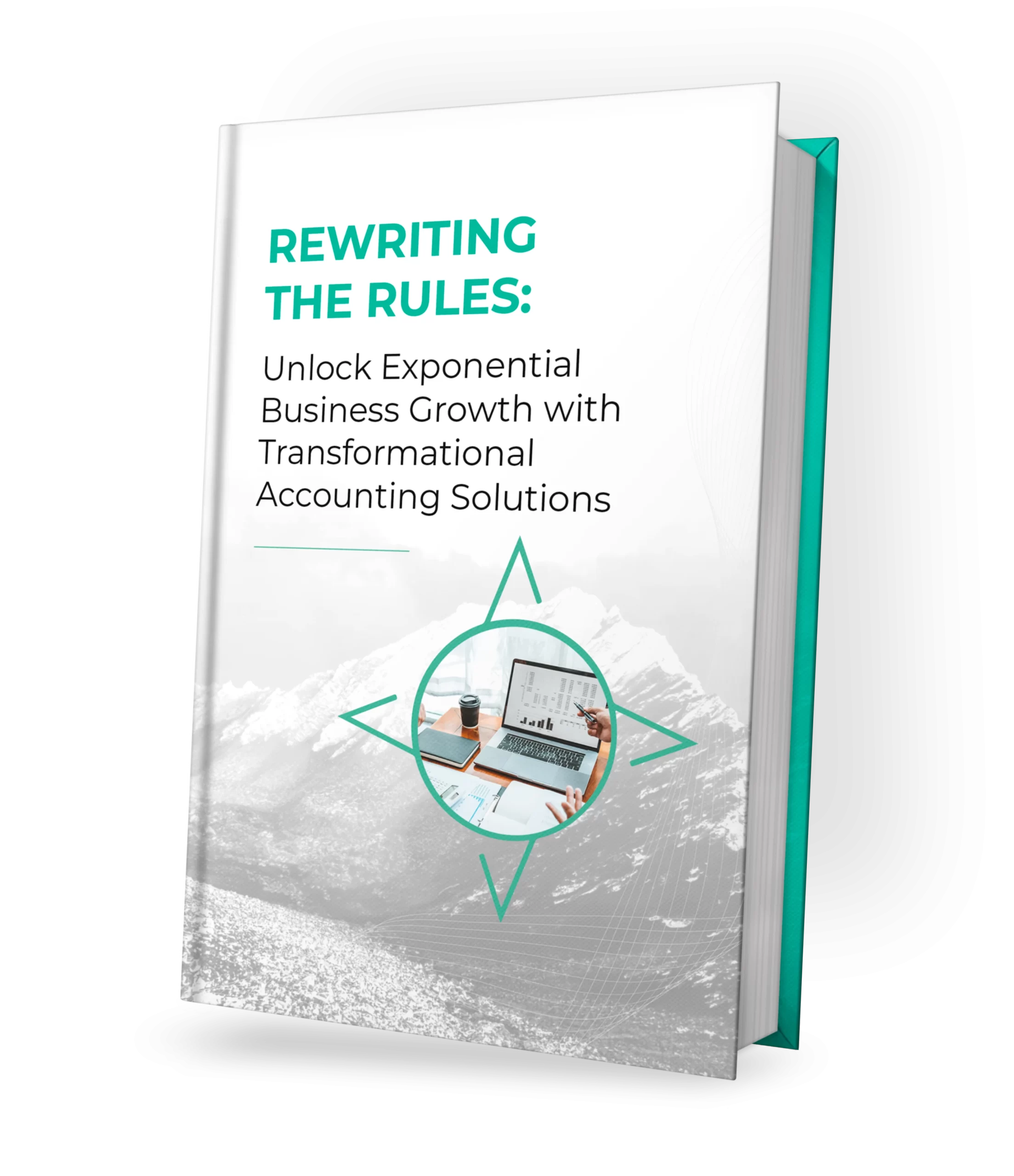Introduction
For most entrepreneurs, business profitability is the main goal for each year’s operations. However, if you want to grow your business each year, the inputs necessary to expand may come at the expense of short-term profitability. As such, mastering the art of balancing immediate profitability with long-term growth is both an art and a science. This article delves into the strategic considerations many businesses face in aligning short-term financial health with long term expansion and success.
Table of Contents
Understanding the Profit vs Growth Dilemma
Profitability and growth represent two pivotal, yet often divergent, pillars of business success. Profitability, a snapshot of current financial well-being and operational effectiveness, is critical for short-term survival and stakeholder confidence. In contrast, growth is the blueprint for future profit expansion, scalability and market dominance, focusing on long-term aspirations and sustainable business models. The intersection of these two objectives often presents a strategic conundrum, demanding a nuanced approach to decision-making and resource allocation.
The Short-Term Impact of Growth Investments
There are many levers within every business that can drive growth or impact profit. We have outline a few of the most common decisions every entrepreneur will be faced with when deciding if they should optimize for profitability or growth.
Headcount Expansion
Recruiting additional talent is a strategic move towards scaling operations and enhancing business capabilities. This initiative, while vital for capacity building and diversification, entails significant financial commitments in terms of salaries, training, and associated overheads, potentially impinging on immediate profitability. As a result, you may be hiring new team members well in advance of their ability to drive revenue. Should the hiring not result in future growth, you may be forced to make difficult decisions down the line. As such, the decision of hiring for growth is usually the most sensitive of the growth decisions.
Increased Sales and Marketing Spend
Making investments into sales and marketing efforts can be a proven catalyst for business growth. This strategy, aimed at market penetration and customer acquisition, requires substantial upfront financial commitment for future gains. The return on this investment, while potentially substantial, can often be realized over a longer horizon, necessitating a temporary tolerance for reduced profit margins. There is no silver bullet when it comes to sales and marketing so entrepreneurs should be patient and willing to weather and reduced profitability until the strategy pays off. Additionally, before investing in sales and marketing, be sure your operations and support systems are able to take on increased demand otherwise your new customers will churn and your investment will be for naught.
Funding Research and Development
Innovation through research and development is the cornerstone of long-term competitive advantage, particularly in industries driven by technological advancement. This forward-thinking approach, essential for pioneering new products and services, involves considerable investment and long time horizons. The financial impact of this commitment often results in decreased short-term profit due to the high costs of cutting-edge research, development projects, and talent acquisition. However, should the investments pay off in the future, the company can benefit from competitive advantages which should result in expanded profitability.
Long-Term Benefits of Investing in Growth
The decision to invest in growth-oriented strategies, despite their short-term financial impact, can yield substantial long-term rewards. For instance, strategic headcount expansion can lead to diversified skill sets, enhanced innovation, and improved operational efficiency, culminating in new revenue streams and higher profit margins. Similarly, augmented sales and marketing efforts can significantly boost brand recognition and customer loyalty, translating into sustained revenue growth. Likewise, a robust investment in research and development paves the way for groundbreaking products and services, securing a competitive edge in the marketplace. Each of these comes at the expense of current profit so be aware of the tradeoffs when making these decisions and setting strategy.
Balancing Profit and Growth: Key Considerations
Navigating this delicate balance between business profitability and growth requires a blend of visionary leadership, strategic foresight, and meticulous financial planning. Businesses must rigorously evaluate the potential returns of growth investments against their immediate financial implications. This evaluation includes understanding market trends, competitor actions, and consumer behaviors to make informed decisions. Additionally, maintaining a healthy cash reserve or a contingency fund can provide the necessary cushion to weather the initial dip in profitability. Finally, transparent and continuous communication with stakeholders – including investors, employees, and customers – is fundamental in setting realistic expectations and garnering support for long-term strategic initiatives.
Conclusion
The journey through the profit vs growth landscape is an ongoing strategic endeavor, demanding agility, insight, and a balanced perspective. By thoroughly evaluating the trade-offs and potential benefits of various growth investments, businesses can chart a course that not only sustains them in the present but also propels them towards a prosperous future. As markets continue to evolve and competition intensifies, this balance becomes increasingly crucial in scripting the success stories of enduring business enterprises. If you are interested in learning how Proseer works with our clients to optimize for business profitability and growth, contact us.

